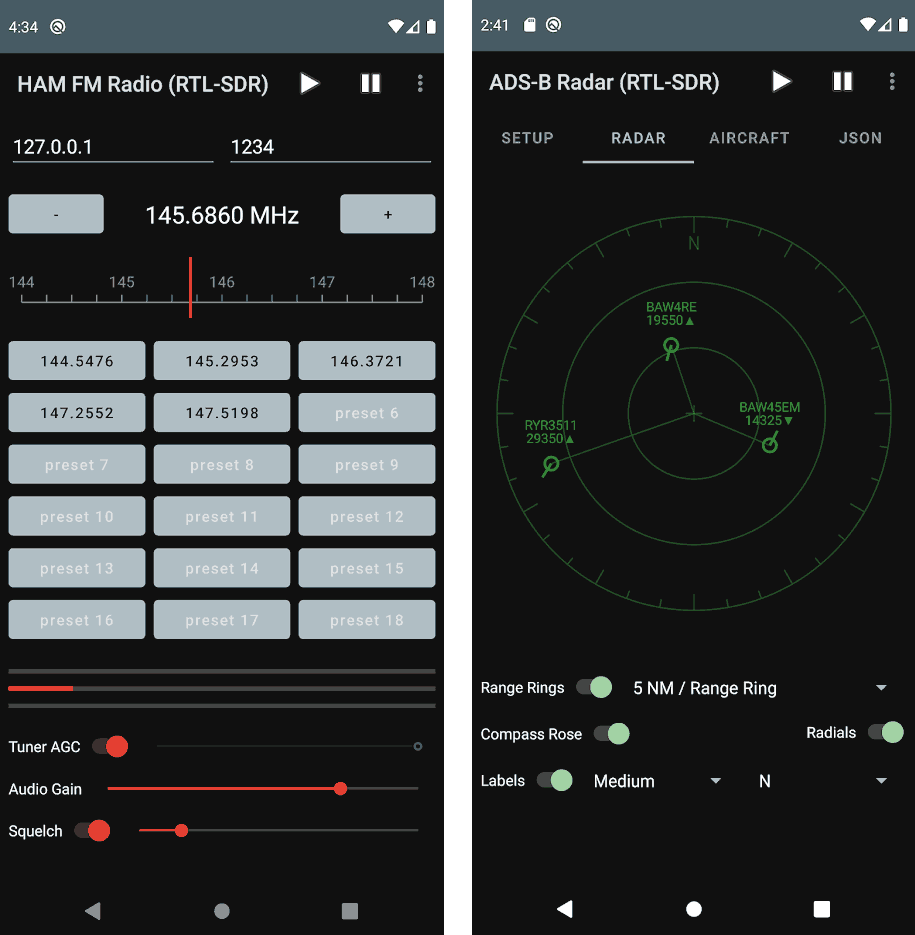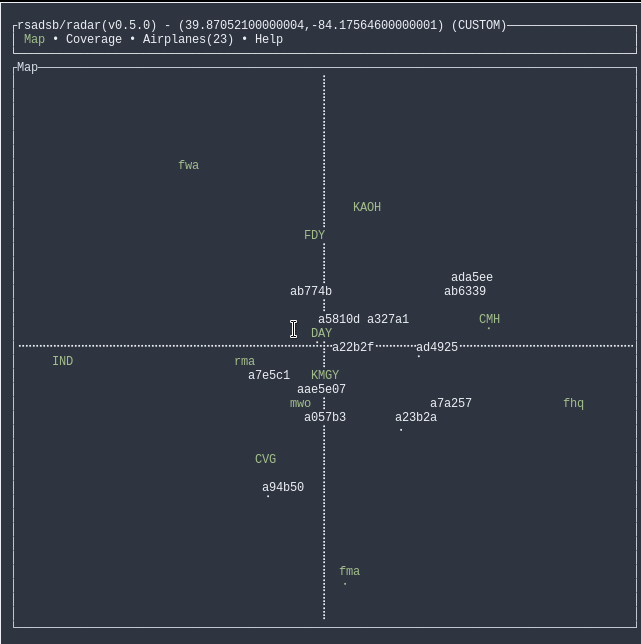Gorizont Linux Updated to 2022.1 Edition
Thank you to Steve Cox, creator of the Gorizont Linux distribution for letting us know that is has now been updated to the 2022.1 Edition. Gorizont-linux is an RTL-SDR focused Linux distribution based on Xubuntu 20.04 LTS. It comes in a bootable .iso image for easy installation. Steve writes:
[Gorizont-linux] is still an Xubuntu 20.04 LTS based bootable .iso image for RTL-SDR only, but I've put a lot more work into writing instructions in simple English, refining things and freshening everything up to the latest available release. Here are some highlights:
gqrx 2.15.8
SigDigger 0.3.0
Universal Radio Hacker 2.9.0
gqrx-scan
Welle.io 2.4 for all your DAB and DAB+ needs.
guglielmo v0.3 for simple FM radio and DAB reception - fast, quick and light.
Baudline
fldigi
fmsg
Due to multiple issues with linux versions of Dream DRM, Dream DRM is now installed as a Win 32 .exe running under wine. It works!
w-scan for creating DVB-T/ATSC/etc. scan files for DVB TV viewing using VLC.Various extra utilities in home folder and command line path
Much clearer instructions and scripts in simple English.NOTE: Due to current events, gorizont linux now ships with networking disabled on boot. To use internet in a trusted environment, left-click on networking icon to the left of the battery indicator and click 'Enable Networking'.
If I was about to have to flee my home with little more than a laptop and a rtl dongle, this would be my distro of choice for staying in touch with the outside World - fast and easy to use, yet packed with (other people's) good software.




